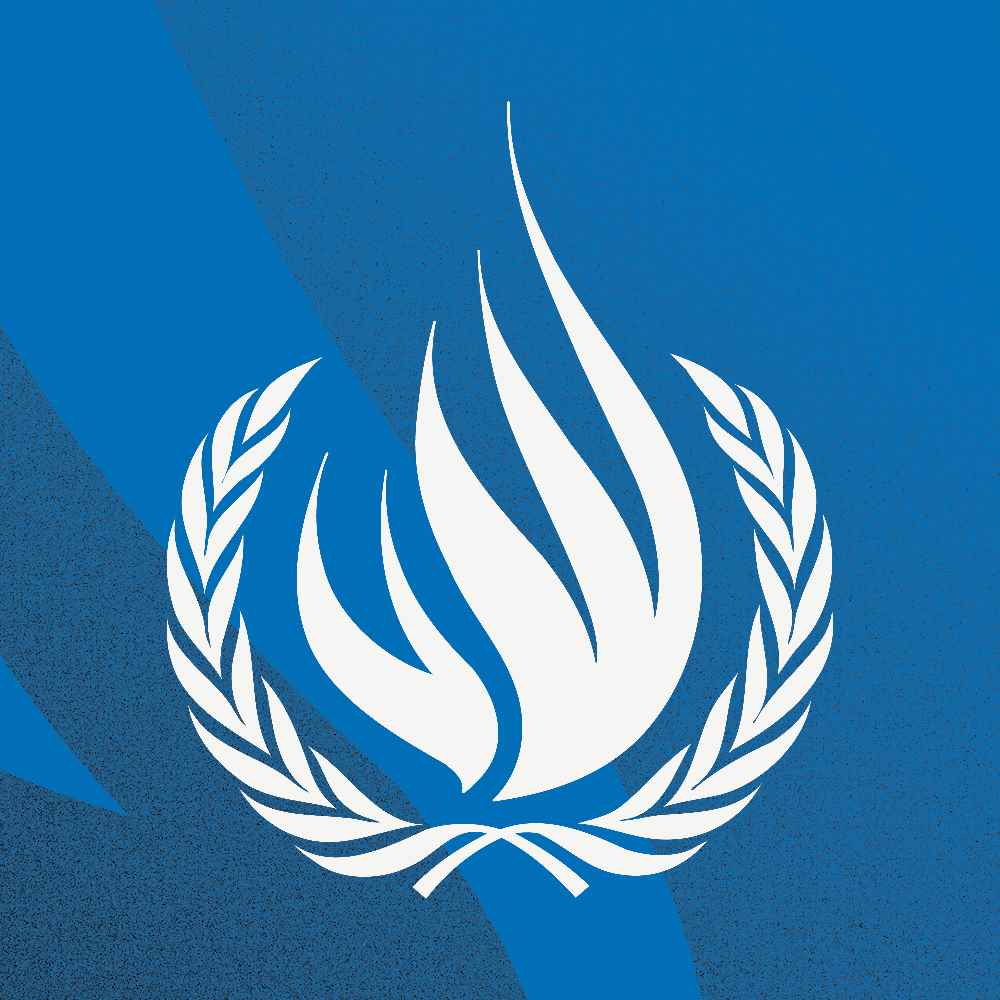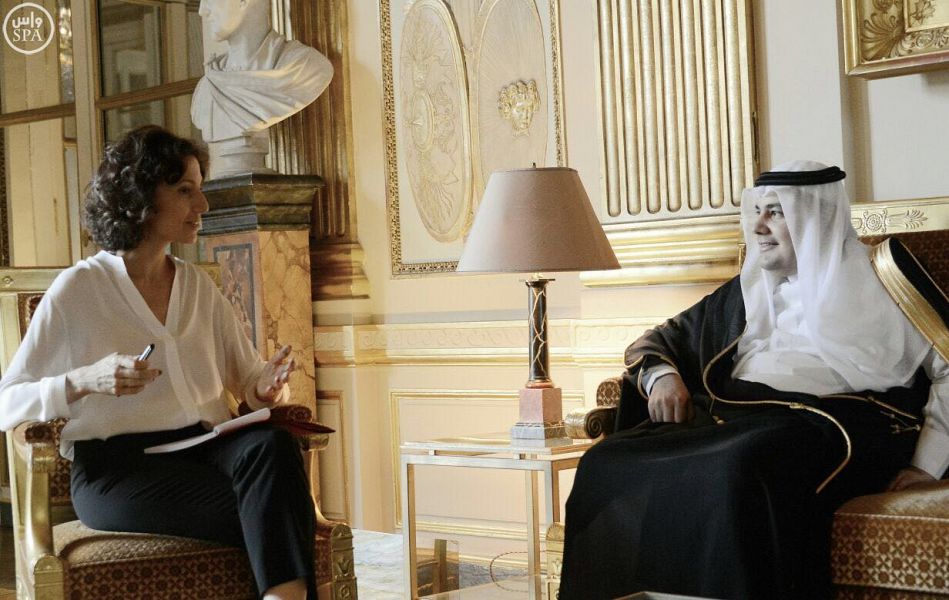
International Women’s Day
8 March 2023
GENEVA (8 March 2023) – Around 140 million migrant women worldwide have left their home countries in search of a better life. Some of them, however, lack effective access to computers or internet networks, even though the rest of the world has benefited from the rapid development and use of information and communication technologies (ICT) over the last five years, including during the COVID-19 pandemic.
Digital divides have become major obstacles, hindering some migrant women from obtaining knowledge, finding jobs, establishing new lives, and most importantly, enjoying protection from discrimination. On International Women’s Day, the UN Committee on the Protection of the Rights of All Migrant Workers (CMW) and the Committee on the Elimination of Discrimination against Women (CEDAW) jointly issued the following statement, calling on States to promote effective mechanisms for the inclusion of the female migrant population in the use of ICT.
“There are approximately 280 million international migrants, almost half of whom (47.9%) are women. The female migrant population has been growing as many women are forced to leave their own countries due to push factors such as feminised poverty, sexual violence or gender-based discrimination.
Unfortunately, for some of them, their situation is hardly better in countries of destination, where they often face intersecting forms of discrimination because they are women and migrants. Many migrant women are also victims of gender-based violence and discriminatory practices based on ethnicity, nationality or migration status. They are subjected to a range of human rights violations during the migration process.
To eradicate inequalities, digital platforms that connect them with their families in their home countries, enable them to learn and improve their skills and find job opportunities, are vital for their livelihoods. However, access to the digital world remains a significant challenge for some migrants, particularly access to computers, the most appropriate means of achieving good work performance and connecting to different networks.
The use of technological tools also requires specific knowledge, mindsets and motivations, which are not always common among migrant workers, and thus contribute to the second digital divide. Finally, the third digital divide is represented by the difficulties in ensuring that technology improves people’s life choices by helping them to reduce social inequalities.
It should be recalled that both the Sustainable Development Goals and the Global Compact for Safe, Orderly and Regular Migration promote access to and use of technology to reduce these digital divides.
The digital inclusion of migrant women should be a strategy pursued by all States to prevent digital divides from deepening social and gender inequalities and protect migrant women from continued discrimination and social exclusion. Digital inclusion will enable them to improve their life choices by gaining access to better jobs, higher wages, or better educational opportunities, all of which will contribute to their social inclusion and gender equality.
Communication technologies enable women to establish frequent exchanges with their families back home to avoid isolation, access information and knowledge and enjoy entertainment content available on the Internet, such as music, videos and films.
ICT can also give rise to collective initiatives. Collective action and freedom of association are pillars that the International Labour Organization considers to be at the heart of the fundamental rights at work. They are further guaranteed by the provisions of the Migrant Workers Convention. The effective use of telephone communication applications as well as digital social networks will help women migrant workers ’ collectives in promoting and defending their rights.
We take the opportunity of this International Women’s Day to express our concern about the situation of migrant women. We call on States to promote effective mechanisms to engage migrant women in the use of information and communication technologies, to compile gender statistics on migration to identify migrant women’s specific needs and to reduce the different digital divides faced by migrant women.”
ENDS
Background
The Committee on the Protection of the Rights of All Migrant Workers and Members of their Families monitors States parties" adherence to the International Convention on the Protection of the Rights of All Migrant Workers and Members of Their Families, which to date has 58 States parties. The Committee is made up of 14 members who are independent human rights experts drawn from around the world, who serve in their personal capacity and not as representatives of States parties.
The Committee on the Elimination of Discrimination against Women monitors States parties’ compliance with the Convention on the Elimination of All Forms of Discrimination against Women, which to date has 189 States parties. The Committee is made up of 23 members who are independent human rights experts from around the world elected by the States parties, who serve in their personal capacity and not as representatives of States parties.
For more information and media requests in Geneva, please contact:
Vivian Kwok at vivian.kwok@un.org or
UN Human Rights Office Media Section at ohchr-media@un.org







